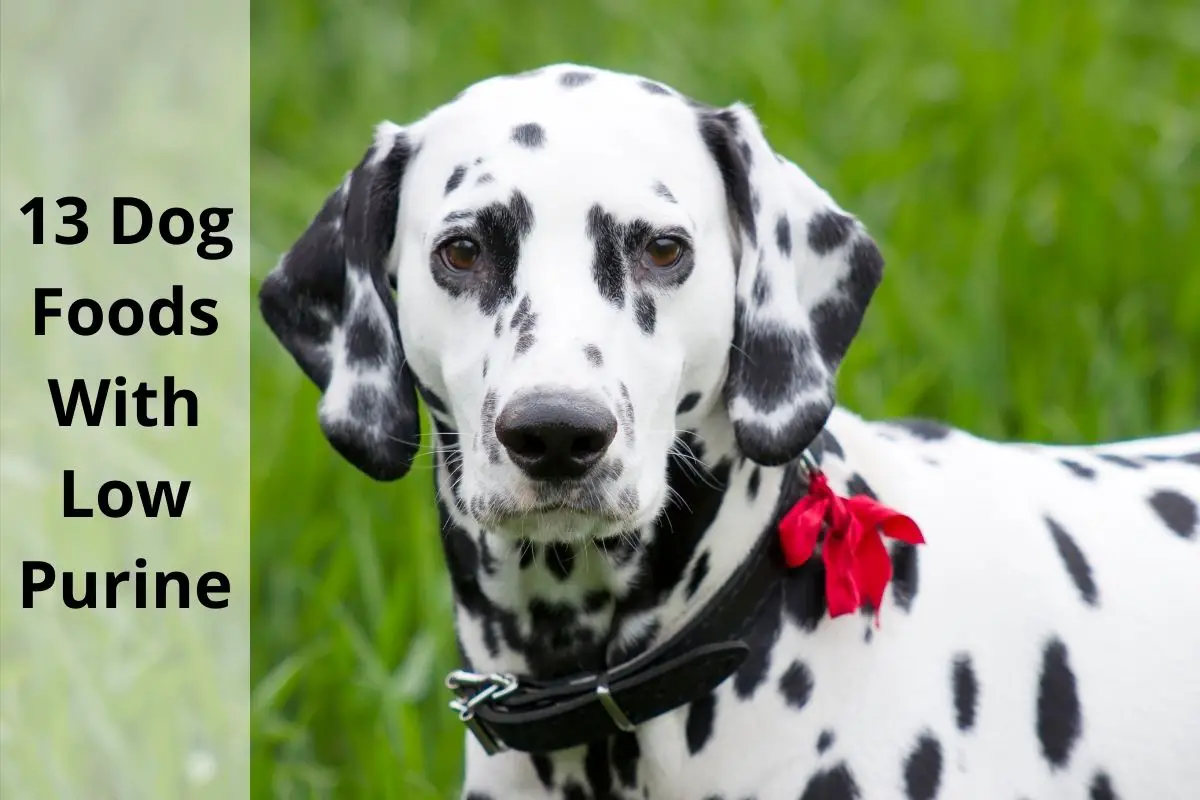This post contains affiliate links.
While some dogs need to lose weight, others may need to gain it, like skinny or underweight dogs. Don’t worry; getting your dog back to a healthy weight can be done. One way to do this that people suggest is to give your dog rice in addition to their regular food, but is this okay?
You can give your dog rice for weight gain. In fact, rice is one of the fastest ways to make a dog gain weight as it is carb-heavy. Just keep in mind that you shouldn’t go overboard like with anything, as too much food going into a dog’s belly can cause bloating, vomiting, and gas.
In this article, we will be going over how much rice a dog can safely eat if they need to gain some weight and suggest alternative methods. If you would like to learn more, keep on reading to find out how to properly get your dog up to a healthy weight!
Table of Contents
Why Would a Dog Be Underweight?
You might think it is hard to create an underweight dog considering how most dogs go crazy for food, but keep in mind that pet parents control everything that goes into their dog’s belly, whether that be meals or treats. Some dog owners feed too much either due to excess treats or massive portions of kibble/wet food, while others are on the opposite end of the spectrum and simply don’t feed enough.
It’s an easy mistake to make to underfeed a very active dog since pet owners may just be looking at a generic feeding guide for their dog’s size without realizing that guide may be tailored for a couch potato.
In addition, some dogs are not wired to consume until stuffed/full and may not eat enough on their own. For example, free-feeding can create an underweight dog as much as it can create an overweight one, depending on your dog’s relationship with food.
Lastly, if your dog is sick with a fever or has parasites leeching off the nutrition in your dog’s food, it will also cause a dog to be underweight.
How To Make Your Dog Gain Weight With Rice
First, if your dog is sick, it should be taken to the vet. We would recommend keeping a thermometer handy such as this MINDSET-MED in case your dog shows signs of being sick such as not eating, decreased activity, and vomiting/diarrhea out of nowhere. A dog’s temperature should read no higher than 102℉ (38.9℃) as a temperature reading of 103℉ (39.4 ℃), or more indicates a fever.
Next, if you are absolutely sure that your dog is getting their correct food measurements and is good dog food and not the cheap junk food for dogs that contain way too much filler that doesn’t do anything but add bulk. However, your dog is still losing weight and is always hungry, indicating that your pup has parasites, and that is also a call to a visit to the vet.
But without further ado, we will be going over how you can help your dog gain weight with an emphasis on focusing on rice as the method.
Is Rice Good for a Dog That Needs To Gain Weight?
We’ll cut to the chase; plain cooked rice is an excellent way to help an underweight dog! It’s loaded with carbohydrates and contains plenty of calories to aid in healthy weight gain in dogs.

But you probably still have questions regarding if the rice should be white or brown and how much of it you should be feeding your dog.
White Rice or Brown Rice?
There is an important distinction between white and brown rice. The latter is white rice containing its outer layers, which are the hull and bran parts. This is why if you’ve ever had both types of rice, you’ll notice that the brown variety’s texture is firmer and doesn’t stick together as well.
One is better for weight gaining purposes, that’s debatable, but we will side with white rice if your dog’s food already contains enough fiber. Brown rice can be an excellent addition to a dog’s diet when they are already healthy or need to lose some, but too much will make them very gassy.
Yes, brown rice is considered healthier overall, but white rice isn’t too bad. In the US, white rice is usually enriched with nutrients; thus, it isn’t just straight-up carbs and calories, making it great for packing on weight. After all, bodybuilders and athletes who need to bulk up eat it for a reason.
How Much Rice Should You Give?
You can add a few tablespoons of rice into your dog’s food while making adjustments based on your dog’s size. A Toy Poodle would only need about 1 tablespoon, while an English Mastiff would need around 5 or more tablespoons.
You can do this a couple of times a week for most dogs, but we would recommend consulting your vet; if you should up the number of times a week, you can safely feed extra rice to your dog.
And pro tip: consider cooking the rice in low sodium chicken broth; it will be more enticing to them than boiling it in water. If you have a picky eater, this is a great way to get them to eat the extra food they need.
Pasta Works Too!
You can also substitute rice with pasta, and it will get the job done as well. The pasta must be plain; however, don’t give your mom’s spaghetti and meatballs; we are simply trying to add carbohydrates and calories to the dog’s diet to aid healthy weight gain.
Pasta such as penne and tortellini are good picks for this since dogs can easily chew them. You can opt to pour low sodium chicken broth over the meal to give the pasta some flavor and an enticing smell.
Other Weight Gain Methods
Consider Mixing Wet and Dry Food
If your dog isn’t eating because he is being fussy or just doesn’t like the food all that much, you can add a scoop of wet dog food onto the dry. This will make the meal significantly more appealing as dogs love meaty smells and textures.
Stews for dogs may work best here as they can add a lot of moisture to the dryness of kibble. Hill’s Science Diet sells a turkey and rice stew that is sure to please most dogs. Alternatively, you could go for a “regular” wet food and low sodium chicken broth mixture.
Related articles:
In What Ratio Should You Mix Wet and Dry Dog Food?
Add Ground Beef With Olive Oil to Their Diet
Suppose you need to fatten up your dog quickly. Adding cooked plain 90/10 lean ground beef and a little olive oil twice a week will do the trick.
Medium to large dogs can have a quarter of a pound of beef and a tablespoon of olive oil if their metabolisms are high and/or active. You can adjust accordingly based on your dog’s size and physical activeness; just keep an eye on your dog to ensure he is passing healthy stools (too much fat will make them very soft). The olive oil should only be a teaspoon per 20 pounds.
Related articles:
Can You Add Butter to Dog Food?
Putting Bacon Grease on Dog Food: Pros and Cons of Doing So
Contact Your Vet if You Are Unsure of Weight Gain Methods
If you are unsure what methods work best for your dog, we would suggest contacting your vet after reading this article. They know best and may be able to put your dog on high-calorie food that agrees with their stomach. If your dog has known allergies, they can also make suggestions that will work with your dog.
Conclusion
Rice is a great way to help a dog gain weight. They are chock full of carbohydrates and calorie-dense enough without going overboard. If you want to entice your dog to be more thrilled about eating rice, you can cook it in low sodium chicken broth to give it a flavor dogs will love!
If you would like more insight on how to put weight on your dog in a healthy way. We’ve linked a video below:
Sources
- Cuteness: How Do I Help My Skinny Dog Gain Weight?
- My Ollie: How To Help A Dog Gain Weight: 4 Nutrition Tips For Dogs – Ollie Blog
- K9 of Mine: 5 Ways to Fatten Up A Dog: Healthy Weight Gain Tips
Mrdogfood.com is a participant in the Amazon Services LLC Associates Program, an affiliate advertising program designed to provide a means for sites to earn advertising fees by advertising and linking to Amazon.com. We also participate in other affiliate programs which compensate us for referring traffic.





